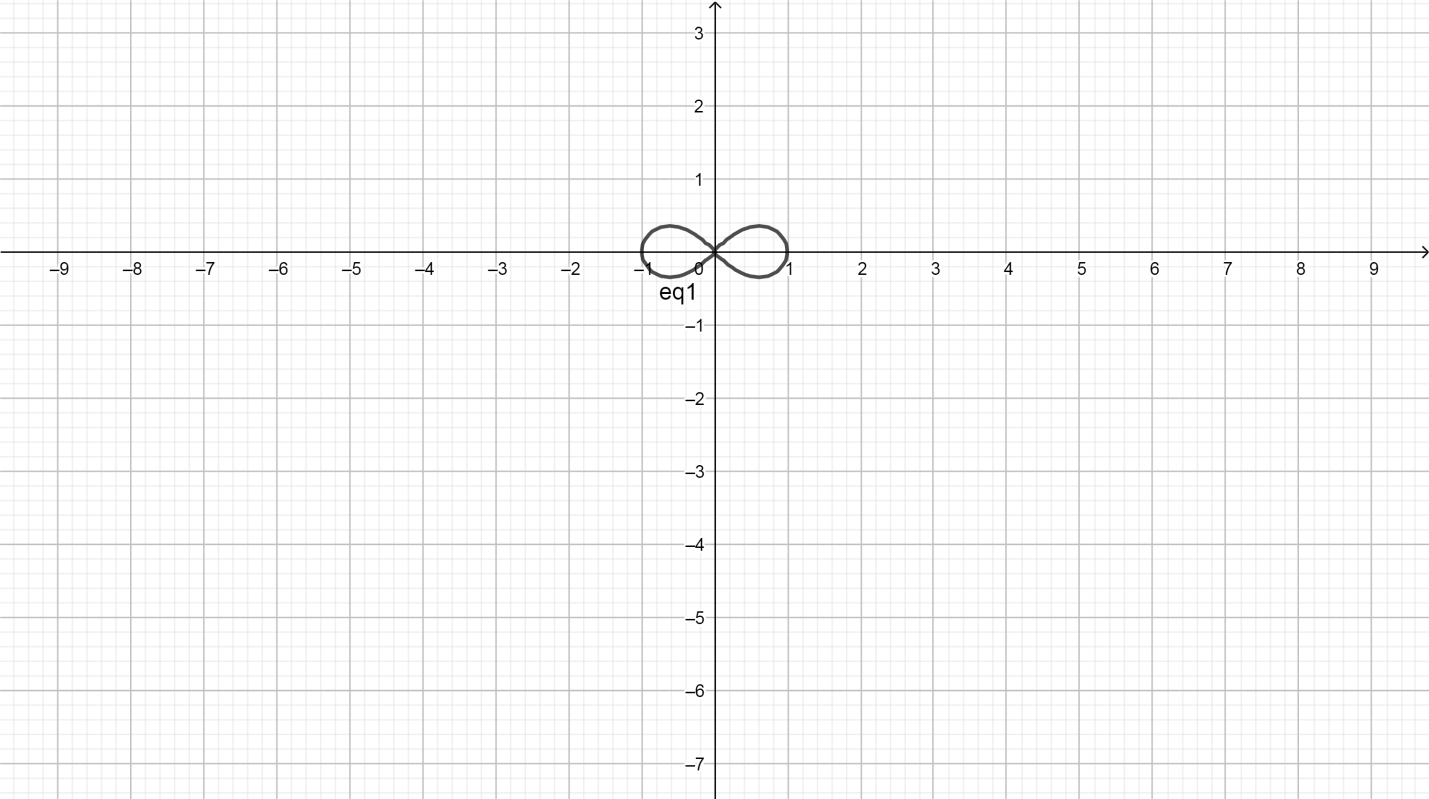Question
Question: How do you graph \[{r^2} = cos(2\theta )? \]...
How do you graph r2=cos(2θ)?
Solution
In this question we have to find the graph given polar form. Next, we use some interval and then simplify to arrive at our final answer. Next we draw graphs in the given polar function complete step by step solution.The trigonometric functions (also called circular functions, angle functions or goniometric functions) are real functions which relate an angle of a right-angled triangle to ratios of two side lengths.
The polar form of a complex number is another way to represent a complex number. The form z=a+bi is called the rectangular coordinate form of a complex number. The horizontal axis is the real axis and the vertical axis is the imaginary axis.
Complete step by step answer:
Given:
⇒r2=cos(2θ)
The problem with this particular equation is that
(a) it’s only defined for 4−π⩽θ⩽4π , so incrementing by 2π will not get you many points, and (b) each value of θ yields two values of r, r=±cos2θ , so if you forget one of the values, you lose out.
It’s not defined for θ<4π because that would make and there’s No value of r that will have a negative square root.
Which means that incrementing by 2π won’t give you much.
So what you need to do is recall that you know, from basic trig, the values of cos2π=0 , cos3π=21 , cos4π=22 , cos6π=23 (and if you are really lucky, cos(5π=2ϕ) .
Thus, you can plot r=±cos2θ for the 11points
θ=6−π,4−π,8−π,10−π,12−π,0,12π,10π,8π,6π,4π .
We called lemniscate, the graph looks like, symmetrical about the initial line θ=0 and the pole r = 0 .

This is the required graph.
Note: We have to remainder that,
To get the area, you need to do an integral. Another answer suggested the integration formula A=a∫bf(θ)dθ , but that’s wrong because it’s based on rectangular coordinates, not polar coordinates.
The formula in rectangular coordinates is ∫ydx because ydx is the area of an infinitesimal rectangle. However, in polar coordinates, the infinitesimal area isn’t a rectangle; it’s a triangle with an altitude of and a base of rdθ . The area of that infinitesimal triangle is 21r2θ
So the general formula for the area in polar coordinates is a∫b21r2dθ. In this case, you have a formula for r2 , and you have to double the result because of the two possible values for r. So you’ll need to evaluate 24−π∫4π21cos2θdθ .
It’s relatively simple, but we watch out for all the factors of 2 and 21 that get into the mess.
